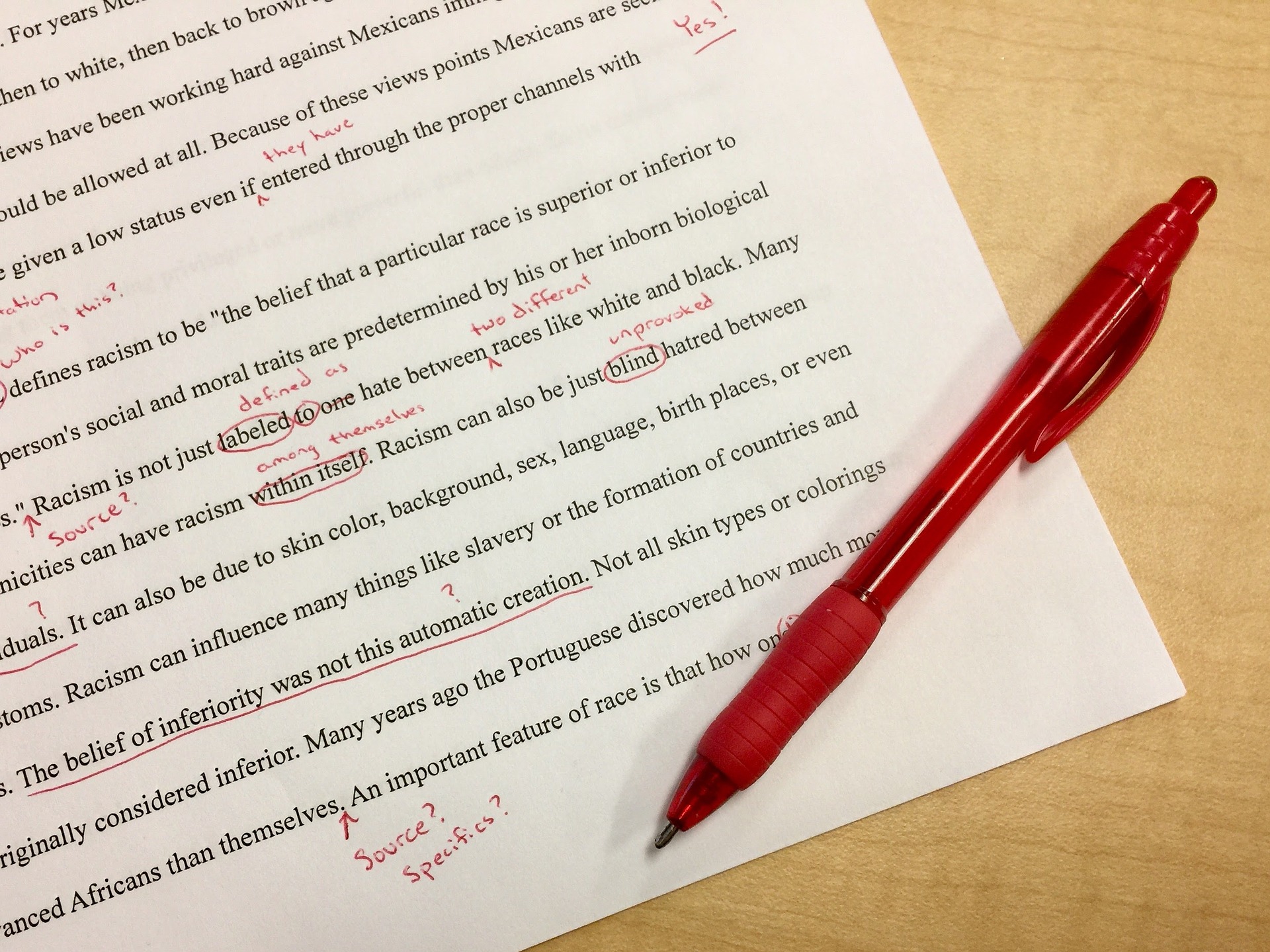In the last six weeks, I’ve had to work on edits for two different books for two different publishers. The key word here, I’m finding, is “different”.
I had a publisher several years ago, and that book went through three or four rounds of edits. It was an eye opener to have someone see your writing through a totally different lens than even beta readers and critique groups had done. This time around, it’s been even more interesting, and these two editors focus on totally different things (so far).
Each publisher/editor sent a pre-edit worksheet/guideline. Before I submitted those two manuscripts, I dutifully went through them, found all kinds of things, fixed them, and proudly hit submit. I’m going to list the Top Ten Screw Ups I got caught on when those submissions went through the editors. A lot of you will wonder how I ever got a contract with these kinds of writing mistakes. All I can say is that I have very good stories (of course!), which got me in the door. The details, well…
- The same word used repeatedly in close proximity, and overuse of basic words (eyes, pull, headed, etc.) when more descriptive words could be used
- Noun/verb pairs at the beginning of sentences (He said, Bertha ran, I looked) several times on a page
- Too many “it was,” “was,” and “were”
- Too much dialogue without action or deep POV to break it up
- Sentences with the POV character’s name/he/she repeated multiple times
- Describing a POV character’s expression (when they’re not looking in a mirror)
- “Starting” or “Beginning” to do something
- Changing the names of rooms (i.e. study/library) and not giving an accurate enough picture of the scene for the reader to follow the action as they move around the building
- Failure to research something that seems inconsequential or obvious (but obviously isn’t)
- And my all-time favorite, naming MY serial killer with the same name as an actual serial killer who operated in the same area decades ago (and was never caught) and not knowing it (see #9)
My Top Ten Solutions:
- I’ve been building my own vocabulary/thesaurus sheet to give me quick options for specific words and/or actions that I know I have an issue with
- A highlighter and reading the first few words of each paragraph was a REAL eye opener and made for a lot of rewrites
- Again, rewriting the sentences to remove them—it was time-consuming (and there I go again!); also a list of my “problem” words so I can search for them BEFORE the editors see them
- Walking through the conversation/choreography to determine what expressions, actions, and thoughts would flesh out the scene
- Um… rewriting
- You’ll be surprised how easy it is when you’ve had as much practice as I have recently
- Like Nike: just DO it; or, like Yoda: There is no starting or beginning, there is only doing
- Keeping up with the story bible, or keeping a story/scene map handy to help you with choreography
- When basing something in the story on anything REAL, know that fact is correct (who knew Morgan Freeman was really that tall?)
- See #9


There is only doing! Says it all … 🙂
Yup. I’m starting to think I should begin paying attention.
Thanks for sharing, Terri! Nice, usable checklists! 🙂
This is really helpful. I am well aware of many of these concepts but not all of them. I’m unfamiliar with the terms story bible and scene map. Could you elaborate a bit?
I’m starting a new historical fiction, my fourth, and I wish I had this great list back on the first one. Thanks
My story bible is a spreadsheet with columns for: characters (including animals, and in the case of Bad Carma books, specific cars are “characters” and have as much detail as people) with name/physical appearance/personality quirks/backstory (columns as needed). New line each time I name a character (even if what they do is a “walk-on” because I might need them later). Backstory added as I discover things about my characters. A sheet for locations, with columns for description/appearance, layout etc. This can all result in a long list, but I write series and don’t want to remember all the details. I also keep a list of spellings for specific things (i.e. Bert vs. Burt, t-shirt vs. tee shirt, okay vs. OK), so I know for sure which spelling I’m using throughout the series.
A scene map is like it sounds: a sketch/layout of a structure (which rooms are where/what they’re called, i.e. scullery vs. pantry, study vs. library) or a map of a town with streets, and more detailed notes of specific buildings or houses that matter. Expand map for larger areas (i.e. different towns/rivers/mountains, etc.. I’ve had to look up/add how long it would take to get from A to B on a horse, or have a pass that might get closed in winter.
Thank you for this checklist. I especially like No. 10! When I research names, I usually just research them for where I live, in Wyoming, but maybe I should broaden it.
So helpful, Terri. Thanks for sharing!
Thank you Terri. Very handy list.